Invalid Components and Composition in CDT is Illegal Error Messages
Invalid Components and Composition in CDT is Illegal Error Messages The error messages may occur when a User attempts to Save and Check In an existing Formulation. Formpak will check the Item in the Composition of the Formulation to ensure only permitted Item Classes are used in the Composition. Also the error may occur if a User attempts to Modify an existing Composition of a Formulation and the User does not have the required Permission. If the User attempts to Save and Check In Components whi...





















